The Story of the Grace Place
By Betty Eaton and Hyveth Williams
Originally Published in Lake Union Herald and Current Magazine
Revised by Samantha Angeles for The Seminary Witness
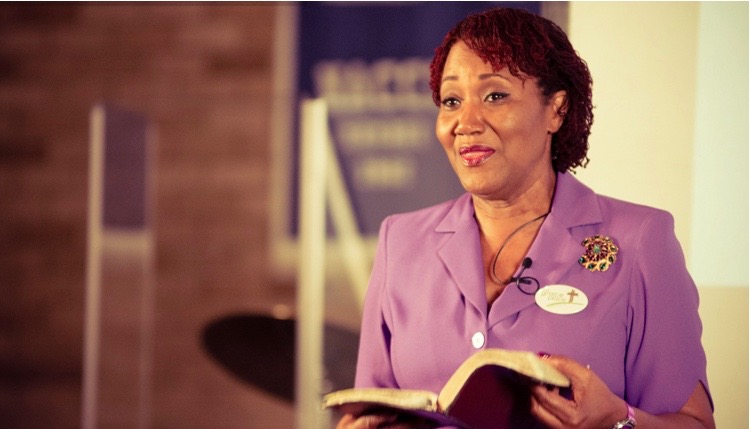 “I won’t be coming to church anymore,” declared Hyveth Williams, professor of homiletics at the Seventh-day Adventist Theological Seminary, to her pastor, Thruster Thordarson. “I feel the Lord has called me to do more than just sit in a church. I have been praying about this with one of my students, Heber Aviles, and I have decided to go to a section of Chicago and start knocking on doors. If you don’t see me in church it will be because I am out knocking on doors praying with people and seeing if I can find some who will study the Bible with me.”
“I won’t be coming to church anymore,” declared Hyveth Williams, professor of homiletics at the Seventh-day Adventist Theological Seminary, to her pastor, Thruster Thordarson. “I feel the Lord has called me to do more than just sit in a church. I have been praying about this with one of my students, Heber Aviles, and I have decided to go to a section of Chicago and start knocking on doors. If you don’t see me in church it will be because I am out knocking on doors praying with people and seeing if I can find some who will study the Bible with me.”
Thordarson calmly responded, “Let’s pray about this.” When they finished praying, he said, “There is a little company I have in South Bend. They are not growing and I’m thinking of disbanding them, but they have this beautiful church. Why don’t you go and look at it before you go to Chicago. Just see what can come of it.” The next Sabbath, Williams looked at the church.
“I was just overwhelmed by the facilities, the location, and everything," she said. "It was just as if God was saying, ‘This is where I want you to minister.’”
Immediately, Williams contacted Aviles, her student, and they prayed about the possibilities. They invited a few other individuals to join them and the group eventually grew to twelve. They prayed and fasted together for one month, asking the Lord to reveal His will. The impression on all involved was that God wanted them to minister in South Bend, Indiana, a city just 30 minutes away from the Seminary. The group soon became charter members and the Executive Team of “The Grace Place,” as the church plant has been named.
The team felt the Lord leading them to begin a church plant with a community focus rather than simply another worship program for disgruntled or disenfranchised Adventists.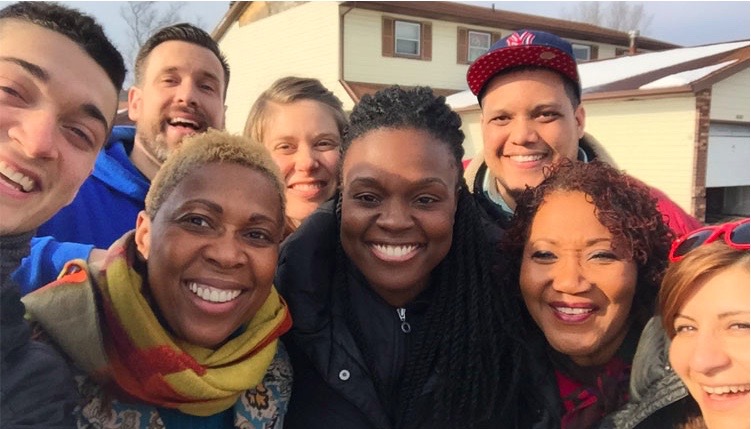 They believed that if the community could be made healthy spiritually, physically and mentally, the church would grow and make a difference through innovative, creative, simple acts of kindness evangelism. The plant was adopted by the South Bend First Seventh-day Adventist Church in the Indiana Conference, under Thordarson.
They believed that if the community could be made healthy spiritually, physically and mentally, the church would grow and make a difference through innovative, creative, simple acts of kindness evangelism. The plant was adopted by the South Bend First Seventh-day Adventist Church in the Indiana Conference, under Thordarson.
Research of the city of South Bend revealed a population of 100,886; 66% claim some kind of religious affiliation, but the Adventist population was too small to make the list, and may have been lumped with the 6% “Other”. It was evident that there was a 44% un-churched population to be reached with the Gospel, so the team enthusiastically selected an area that includes about one-third of South Bend for outreach. In the final month of three months of fasting and praying, the group spent a week walking throughout the community they hoped to reach, praying for the residents. They asked that God work in a mighty way to touch hearts and change lives.
In the second week of that month, the group drove around the target community every day and prayed for it. They said, “Lord, we are claiming this community in your name.” Each day of the third week someone prayed in the church facility, asking that God would bless the work and not only change those who came but also enable those ministering to be conduits of His love.
On the final week, the group fasted and prayed for themselves and their leaders. Then, on Sabbath afternoons, they began visiting malls and shopping centers in the designated area. They gave out cards and prayed for and with people. They announced they were starting a community church plant on February 16, 2013.
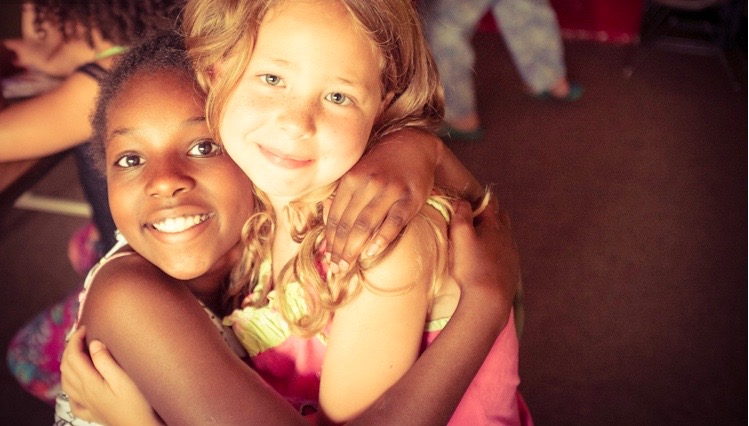 In addition to these efforts, 175 former Adventists living in the area were contacted through personal visits and telephone calls and invited to return to church. Letters of apology were sent to each person. The letters, signed by Williams, said, “We apologize for whatever caused you to be disconnected from us. We want you back.” When visited, some people slammed their doors and said, “You are too late. Get lost!” However, a few accepted the invitation and returned.
In addition to these efforts, 175 former Adventists living in the area were contacted through personal visits and telephone calls and invited to return to church. Letters of apology were sent to each person. The letters, signed by Williams, said, “We apologize for whatever caused you to be disconnected from us. We want you back.” When visited, some people slammed their doors and said, “You are too late. Get lost!” However, a few accepted the invitation and returned.
When the first church service began on February 16, 2013, ninety people were in attendance and at least fifty of them were from the community. Today, many have been baptized and others have returned to the fellowship of the Seventh-day Adventist faith at The Grace Place where an average of eighty attendees worship weekly.
Each Sabbath, attendees are invited to share a meal together after the service to fellowship and allow community visitors to sample vegetarian food and learn about it while still being able to eat something they are used to in well-prepared, balanced meals. The food, prepared by a hospitality team, includes two options: clean meat, like chicken, and vegetarian dishes . A few months after her baptism, Janet Turner, the first community member to join The Grace Place, became a vegetarian. These kinds of transformations in new members continues to amaze the leaders.
After the meal, those who are willing and able go into the community to pray with residents and invite them to worship at The Grace Place. They give out bread and other food as well as amenities such as toothpaste and soap.
“Whatever we have, we give,” says Williams. “Our gifts of love are changing lives. We have been told how different things are in the community since we started doing this. When we first started, one man cursed us and slammed the door in our faces. ‘Don’t bother me. I don’t want to have anything do with anybody,’ he yelled. Immediately we gathered on the front walk and prayed for the man. Then we carried a bag of food and set it near the door. As we were leaving, the man again opened the door. We told him, ’We are from the 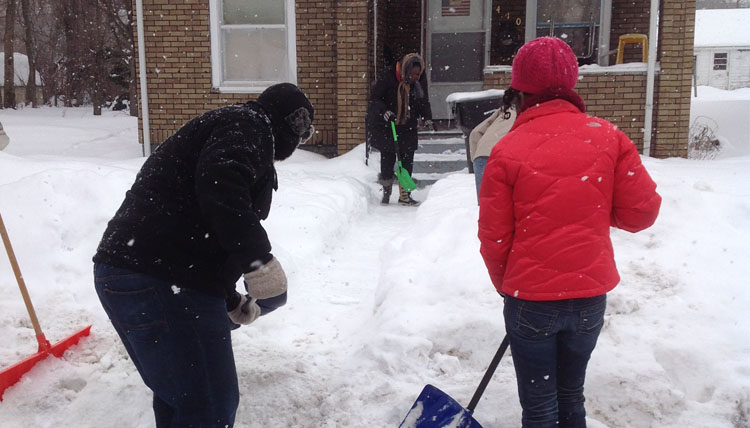 Seventh-day Adventist Church and we just wanted to pray with you and give you this bag of food.’ He said, 'Ok, you can pray for me.’ During subsequent visits we learned the man had lost both legs in the war in Afghanistan. He lived by himself and had no one to look after him. Now members of the church regularly check on him. He has come from cursing us to now allowing us to pray with him, bring him things and look after him. We see this connection drawing him closer to God and to others.”
Seventh-day Adventist Church and we just wanted to pray with you and give you this bag of food.’ He said, 'Ok, you can pray for me.’ During subsequent visits we learned the man had lost both legs in the war in Afghanistan. He lived by himself and had no one to look after him. Now members of the church regularly check on him. He has come from cursing us to now allowing us to pray with him, bring him things and look after him. We see this connection drawing him closer to God and to others.”
Being community-focused includes cleaning up the neighborhood. Sometimes these efforts involve snow removal. Sometimes they involve cleaning out a house where the residents are so depressed and overwhelmed they can’t deal with it. Church members clean, throw out trash and help organize the home.
“When we revamped a house in one neighborhood, the neighbors came around, looked and asked, ‘Who are these people?’” said Williams. “Curiosity drew them to the church and to evangelistic meetings the church currently holds every summer. Many people have been baptized during these meetings.”
The Grace Place also serves as a training ground for Seminarians, preparing them to effectively reach the community. Financial Peace seminars, diabetes seminars and health fairs are just a few ways they have assisted residents. Recently, the team hosted a big July 4th party for the neighborhood. More than 200 people came to enjoy free popcorn, a bounce house and games for the children. “Just for Kids” is a monthly birthday program where parents who are struggling financially bring their kids for a great party, where they are taught Bible stories and given birthday presents. In July, 107 children accompanied by 81 parents were treated to the best party imaginable.
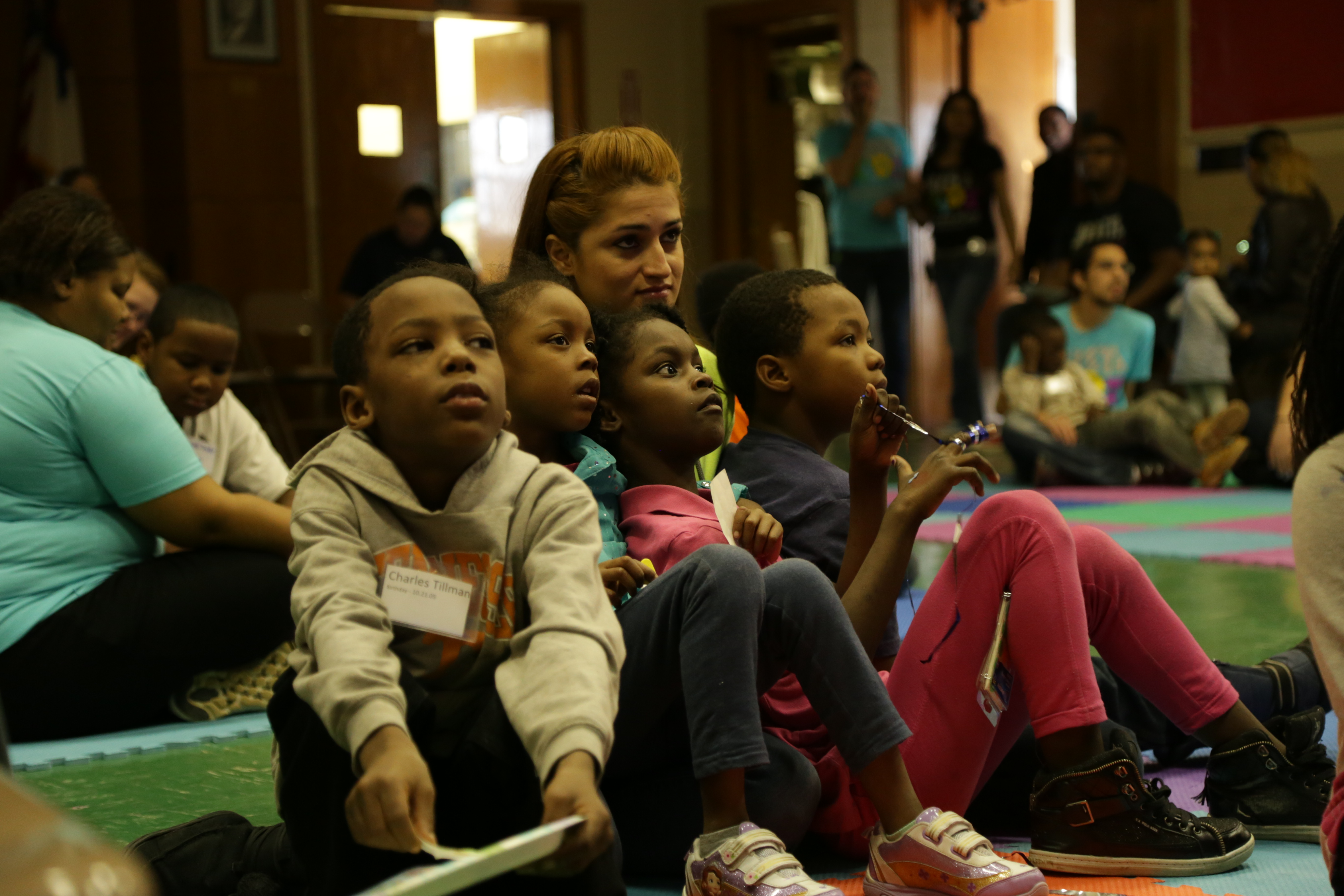 Now in its fourth year, the church plant continues to grow, impacting the community of South Bend for Christ.
Now in its fourth year, the church plant continues to grow, impacting the community of South Bend for Christ.
“Our strategy,” says Williams, “doesn’t focus on having a high worship service with the best singers, the best pianists, the best organists and long offering appeals. We have a simple service with three parts: prayer, praise and preaching. We don’t pass around an offering plate. We have a box in the front where worshippers, moved by the Spirit, bring their tithes and offerings and deposit them in the box. Generosity has characterized these gifts. Community residents see what the church is doing in the community and they want to show their support by giving.”
Another unique aspect of The Grace Place is that transfers from other churches are not encouraged or even accepted. While anyone may attend and are welcome to the weekly worship experience, one must be a returning Adventist or a new believer to be a member.
“This is to help us see if we are truly growing, because to me, transfers do not reflect church growth,” emphasized Williams. The Word is getting out. The Grace Place is making a difference!

